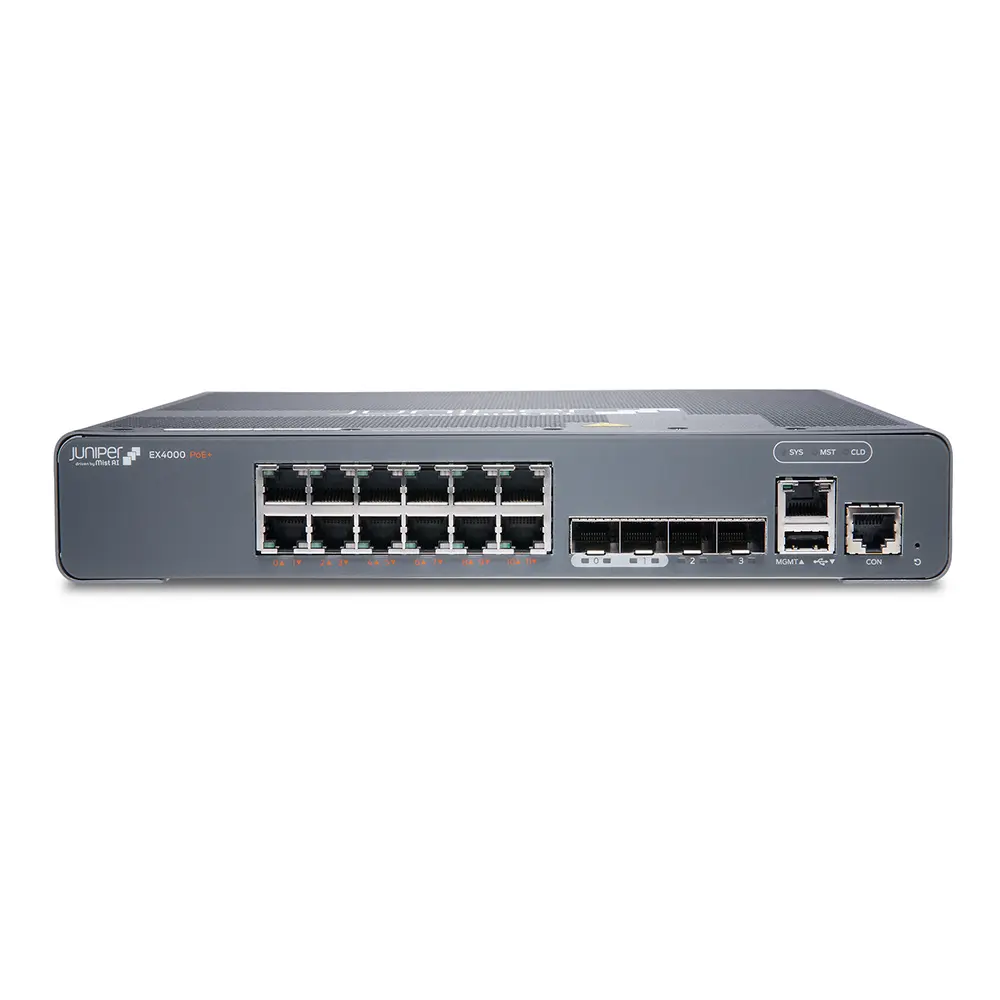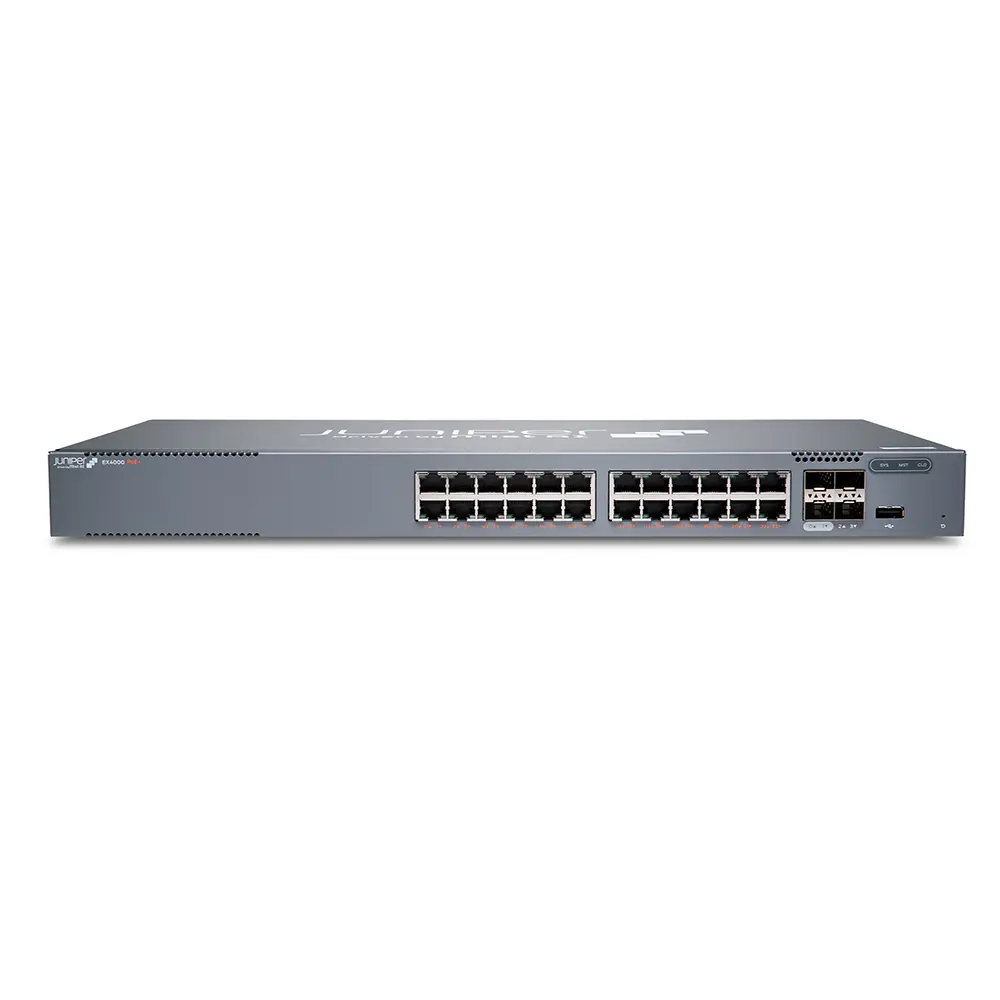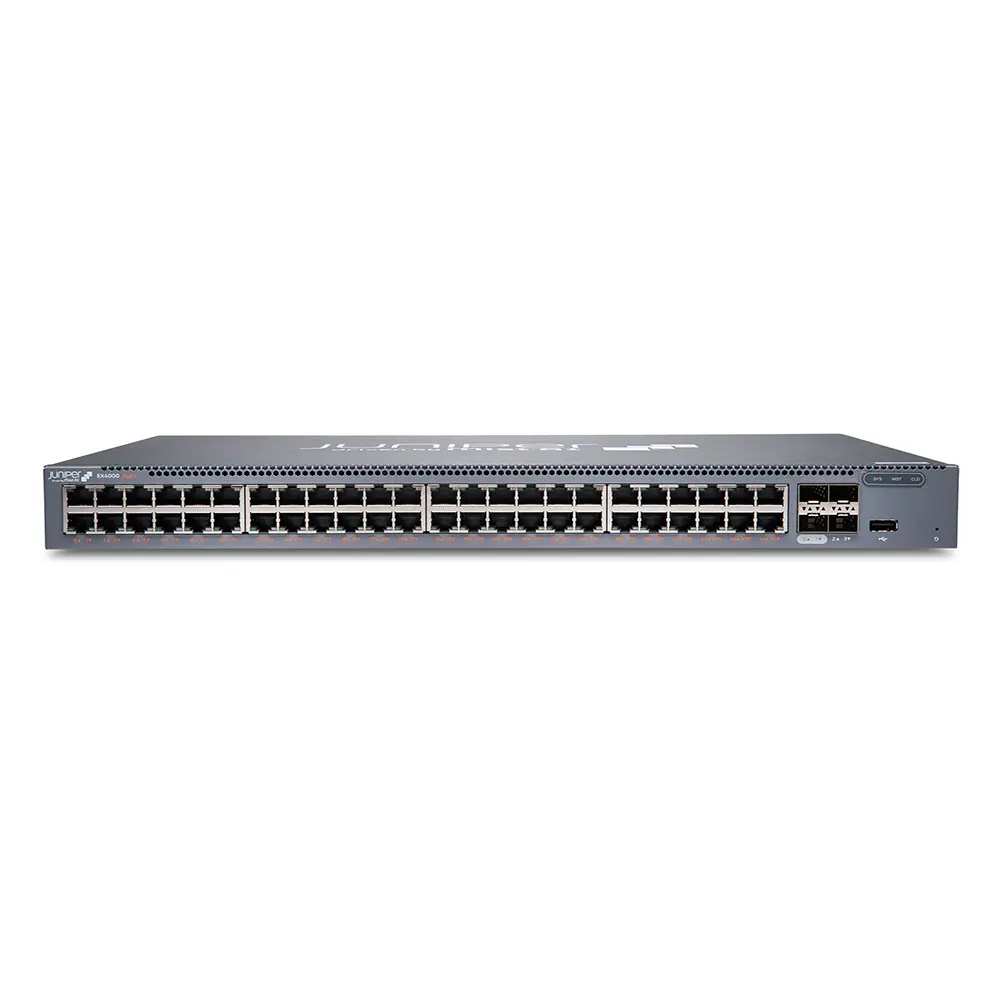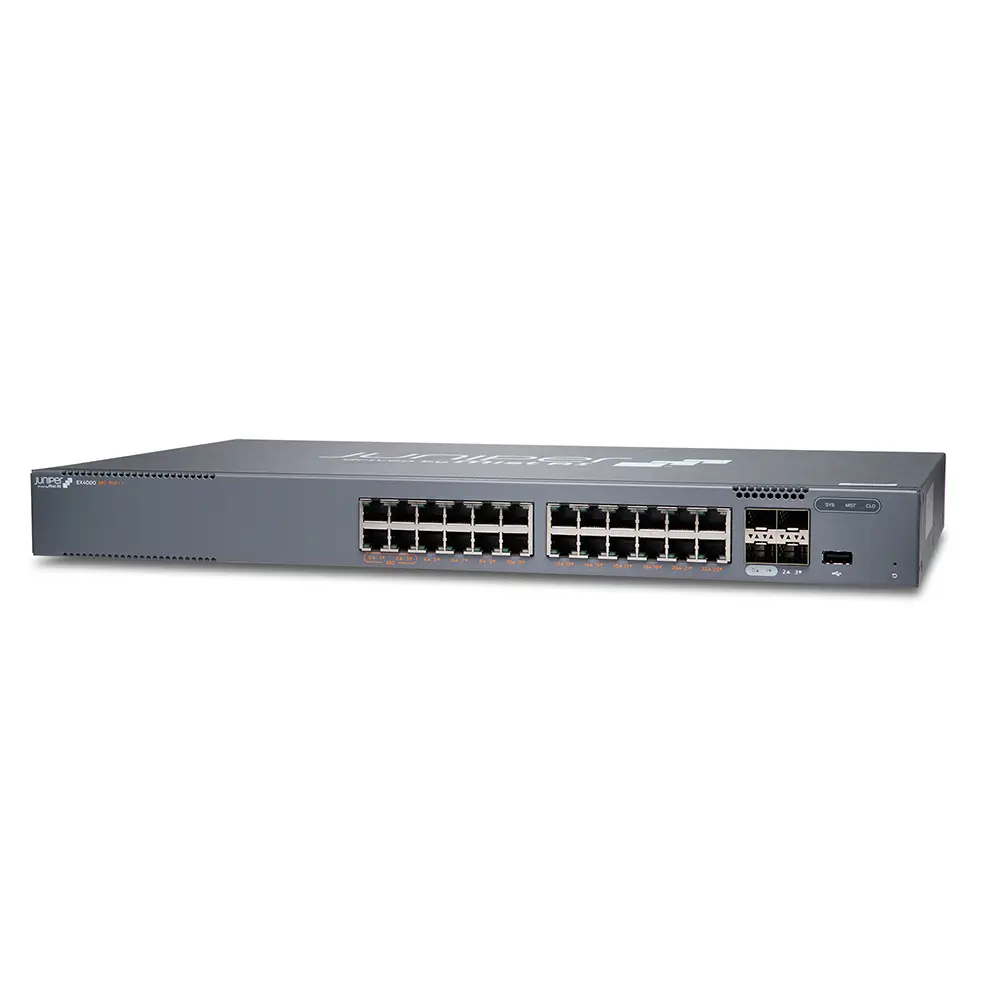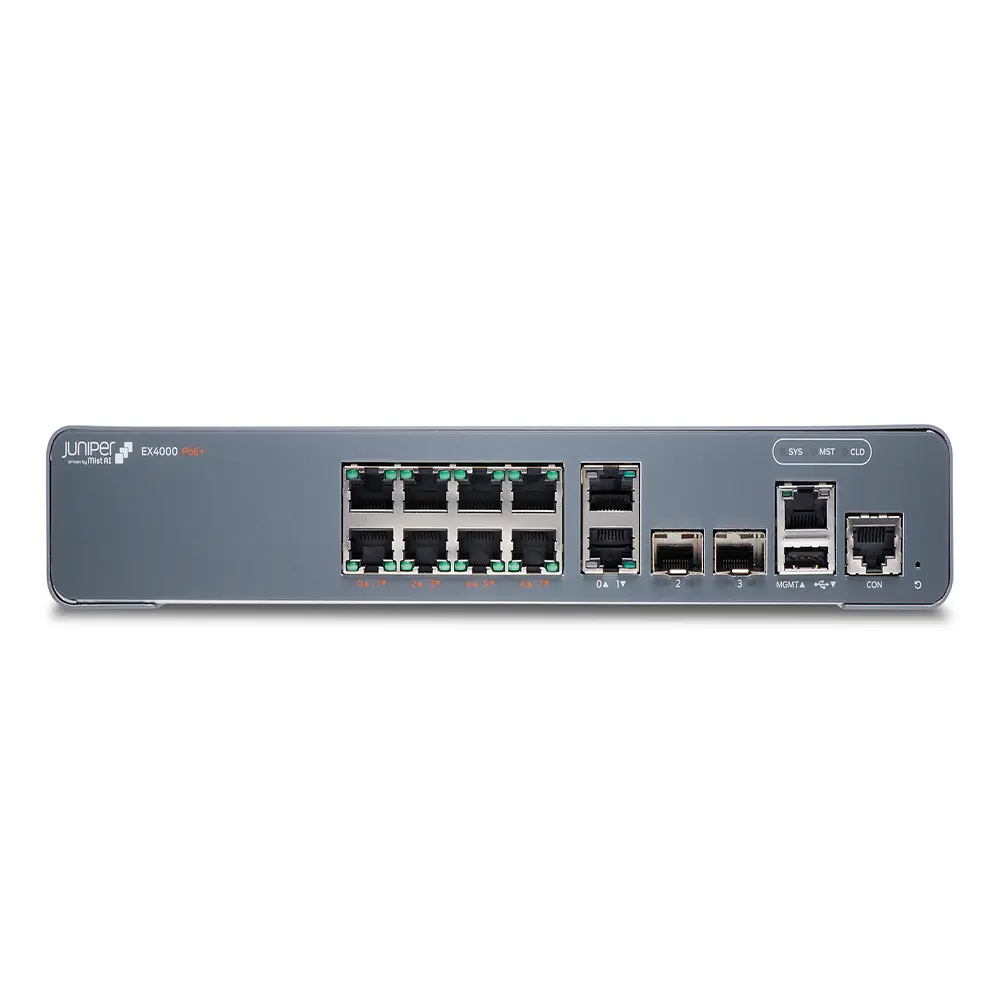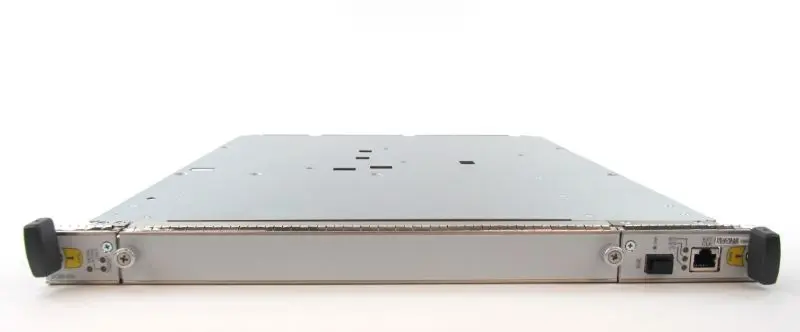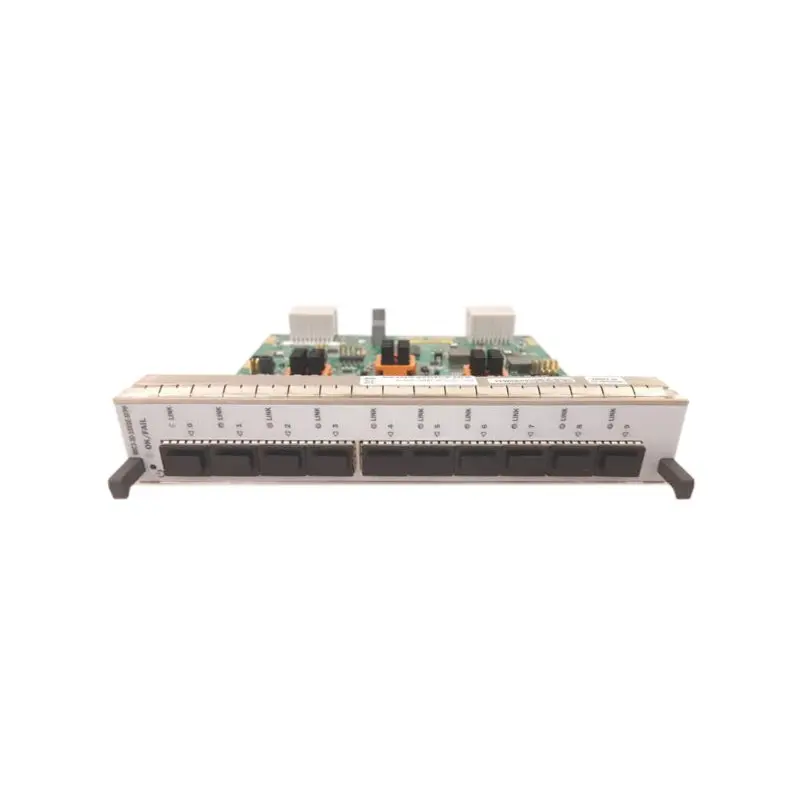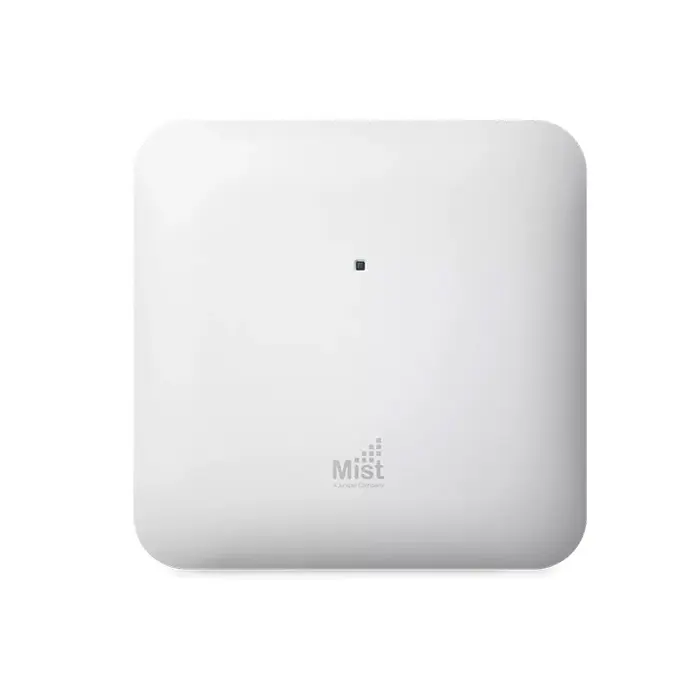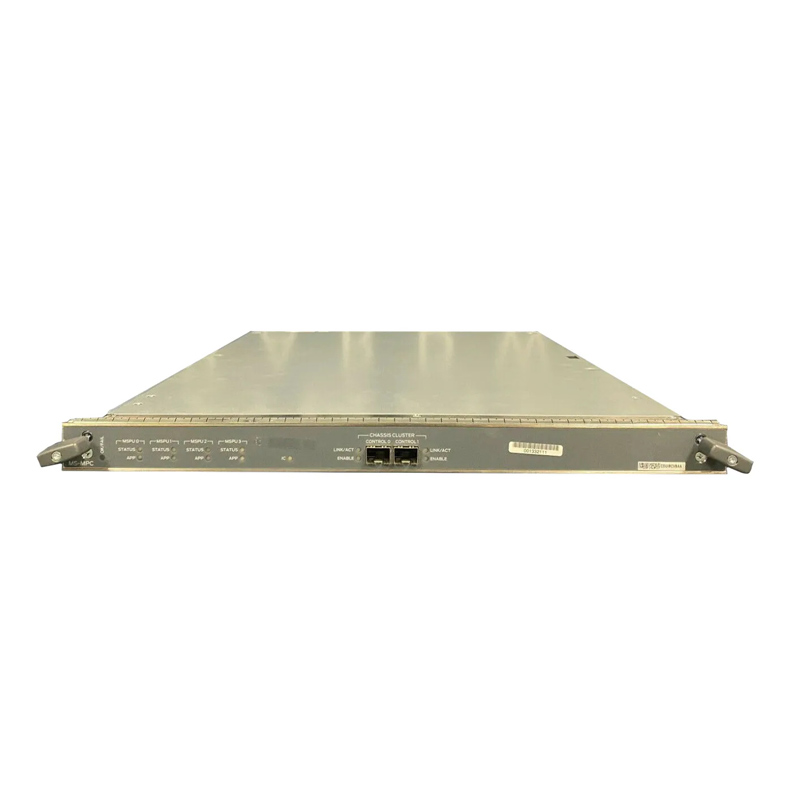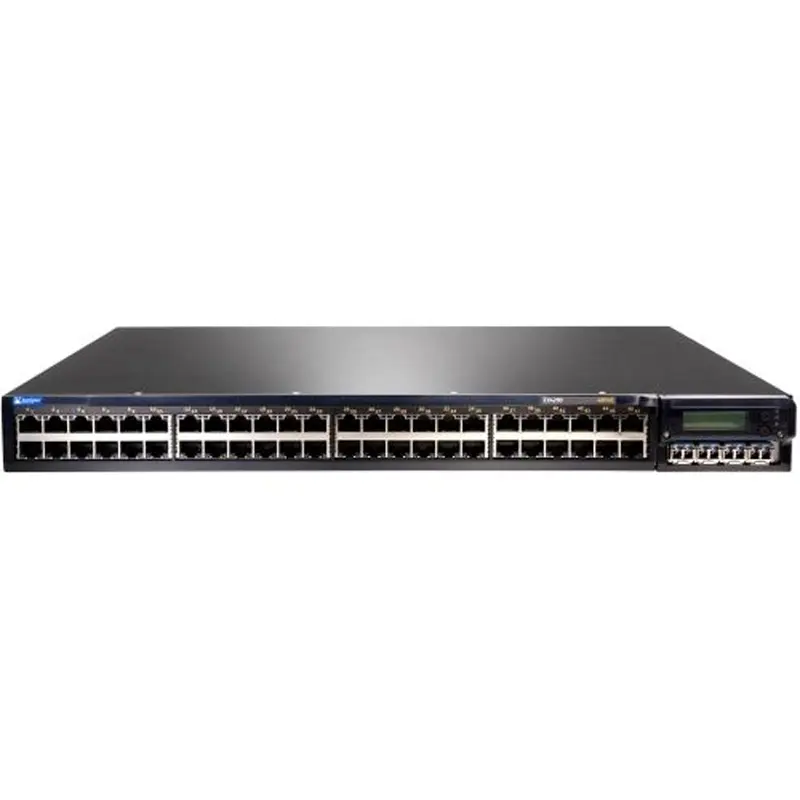01
Juniper MPC Linecard MS-MPC-128G
product description
Description Power requirement: 12.2 Amps @ 48 V (585 W)
Weight: 14 lbs.
Model number: MS-MPC
Name in the CLI: MS-MPC
Hardware features One Junos Trio chipset for increased scaling for bandwidth, subscribers, and services.
Enhanced memory with 128 GB of memory (32 GB per NPU) and processing capabilities.
NPU CPU Clock Cycle of 1.2GHz.
Four NPUs per MPC.
Works with SCBs and SCBEs.
Interoperable with MS-DPCs. Both MS-MPCs and MS-DPCs can co-exist in the same chassis.
Software features
Active flow monitoring and export of flow monitoring version 9 records based on RFC 3954
IP Security (IPsec) encryption
Network Address Translation (NAT) for IP addresses
Port Address Translation (PAT) for port numbers
Traffic sampling
Stateful firewall with packet inspection—detects SYN attacks, ICMP and UDP floods, and ping-of-death attacks
Network Attack Protection (NAP)
Support for up to 6000 service sets
Support for MTUs up to 9192 bytes.
Multiple services can be supported. See Junos OS Services Interfaces Library for Routing Devices for more information.
See Protocols and Applications Supported by the MS-MIC and MS-MPC for information about the protocols and applications that this MIC supports.
Multiservices Cards (MS-MPC) MS-MPCs are next-generation, advanced service modules for the MX Series. They deliver the performance, services, and scalability that are critical to today’s advanced Ethernet services edge and broadband edge networks. MS-MPCs are full slot modules that supply hardware acceleration for an array of packet processingintensive services for the MX2020, MX2010, MX960, MX480, and MX240 3D Universal Edge Routers. In addition to supporting Junos Application Aware, Junos Subscriber Aware, and Junos Policy Control, these cards offer flexible support for stateful firewall, Network Address Translation (NAT), IPsec, anomaly detection, flow monitoring and accounting, and tunnel services. This wide array of services enables service providers and enterprises to secure their network infrastructure; collect rich statistics for billing, capacity planning, and security purposes; and create new services, all with a single module.





